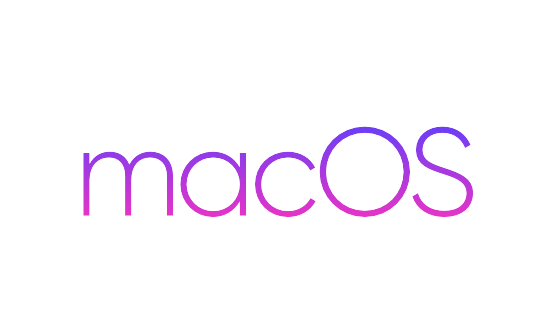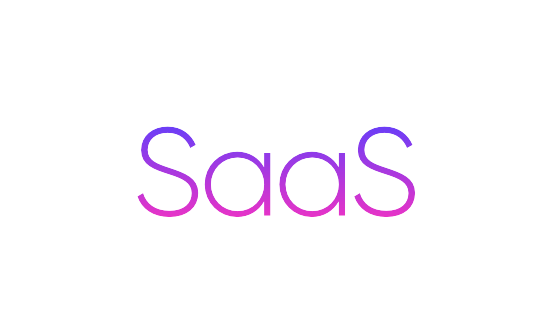
In the post-pandemia world, organizations are fast realizing that employees today just can’t thrive well in highly standardized workplaces. Employees expect their experience as an employer to go as smoothly as they experience as a consumer outside of work. Employees spend most of their time as consumers, engaging with the likes of Uber and Amazon. They expect a similar level of personalized experience in the workplace as they do outside of work. Standardization is no longer an option that employers have while planning and building a hybrid workplace. Thanks to the pervasive use of technology in almost every aspect of business, any job requires some level of technology literacy, regardless of whether it involves working with a computer, mobile device, or tablet.
Today, employees from the C-suite to the front-line workers rely on machine learning, collaboration tools, and cloud-based applications to go about their quotidian tasks. For large organizations with a huge headcount, catering to a wide range of dynamic users would require IT solution providers to think about and segment their needs. In this process, not only would they examine their functions, but also holistically assess the requirement of their dynamic roles. Such an exercise usually results in the creation of a persona, which can be used as a blueprint to guide technology-related investments within the organization.

To understand the importance of user profiling, we need to look at things from the perspective of the business, the user, and the IT department. Companies want to increase user productivity, find the most efficient way to invest capital and create an internal playbook that addresses the disruptive waves of consumption, automation, mobility and collaboration. End users want more freedom and influence, automation and flexibility, and greater job satisfaction when using their digital tools. The IT department, which maintains the technological backbone of any organization, operates from a place of great information asymmetry. They have no information about the distribution of user profiles and no tools to measure job satisfaction. They are constantly looking for ways to increase workplace security and compliance without disrupting the user experience, but they almost always default to an analog workplace approach. Workplace personas are a way to create a strong employee experience and foster a vibrant company culture. Done right, it can lead to stable financial results. KPMG found that companies with a strong employee experience earned four times more profit than companies without.
The process of building an IT end-user persona should begin with a clearly defined goal, that makes business sense. It has to do at least one of the following: increase user productivity, reduce costs, and improve overall profitability. In the digital workplace, this has to start with a thorough understanding of the end-users across several categories, namely: data requirements, levels of access, contact channels, IT service management workflows, hardware requirements, technology usage, user engagement, and call patterns. All of these collectively with the right contextualization of all these data points define the scope of the profile, which can then be used to create personas around a specific business objective. Knowing the different kinds of personas and the needs of each of those types of personas, it would then be easier to provide personalized and contextual support. For instance, IT will be able to see how a sales representative in the field interacts with certain technologies compared to a director of sales in the office. These insights enable IT to make more informed long-term decisions regarding spending and technology deployment.
Can creating Personas help solve IT problems?
Additionally now with personas, IT can tailor their messaging and the resources they provide to each segment of their end users. With proper segmentation, employees no longer have to wade through irrelevant messages that don’t apply to their roles and responsibilities. This will not only help in boosting employee productivity but also foster a healthier relationship between IT and employees.
Armed with the knowledge of user segments, as well as requirements, the business will have the most comprehensive understanding of how every kind of employee behaves — and what they each need to be successful. Hence we have built a comprehensive solution to build user personas – Profile Kaleidoscope. It is a data-driven digital consulting exercise that considers 1000+ data points and attributes such as end-user business criticality, mobility, and workplace behavior. It identifies their needs and classifies them into meaningful dynamic personas that are monitored across their lifetime in the organization using powerful dashboards and recombine to come up with custom personas for specific initiatives. We consult our customers across various strategic, technology, and business initiatives. This includes cloud office, managed mobility, virtualization, AR/VR, etc to deliver superior, personalized digital employee experience, efficiently, while managing cost.











